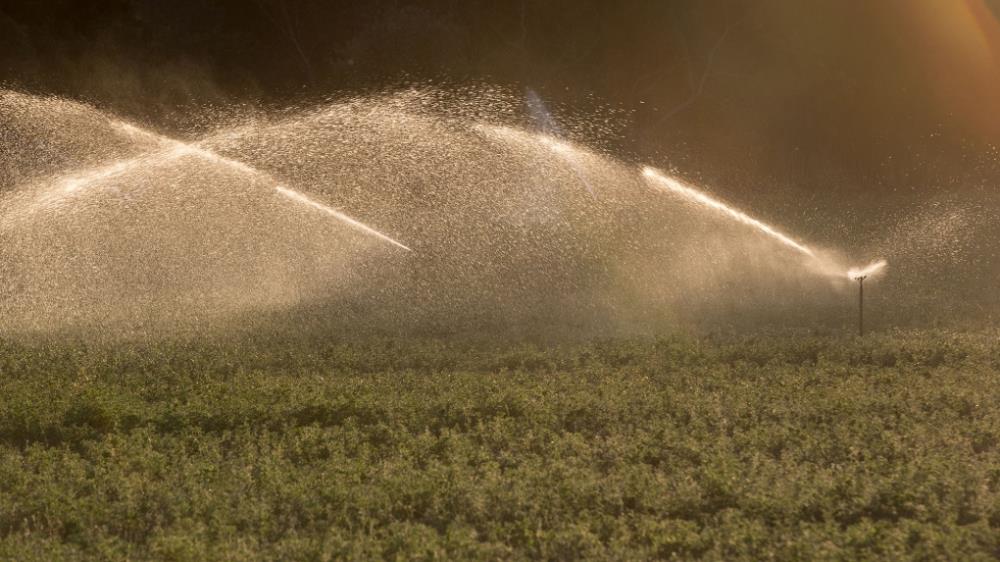
Related items loading ...
Section 1: Publication
Publication Type
Thesis
Authorship
Holmes, Tegan
Title
Utility of stable isotope tracer data in large scale hydrologic modeling
Year
2022
Publication Outlet
University of Calgary PRISM - Theses and Dissertations
DOI
ISBN
ISSN
Citation
Holmes, Tegan (2022) Utility of stable isotope tracer data in large scale hydrologic modeling, University of Calgary PRISM - Theses and Dissertations,
http://hdl.handle.net/1993/37000
Abstract
Hydrologic assessment depends on models in data-sparse regions; however, it is unclear if such models are reliably accurate, or if internal process simulations are reasonable representations of watershed function. This can be problematic for long-term, climate-driven impact assessments that rely on accurate simulation of land-based water storage and loss. Standard model evaluation and calibration approaches focus on the accurate simulation of streamflow, disregarding internal process (storage and flow path) simulation fidelity. Stable isotope tracers are supplementary data sources that can provide additional information on water sources and hydrological processes in remote or large-scale watersheds. Hydrologic models capable of simulating both flows and isotope concentrations can be evaluated against measured isotope data as well as flow data, adding new information to the model calibration and potentially leading to improvements in hydrologic process and flow path representation. A more rigorous evaluation than the previous research case-studies and small-scale basin modeling efforts is needed to provide guidance methods of integration of isotope tracer data into operation-scale hydrologic models. The aim of this research is to establish guidance for the incorporation of isotope tracer data into hydrologic model calibration in order to maximize the benefits of isotope-enabled simulations for large scale watershed models. The specific objectives of this thesis are to identify parameter sensitivities and parameter value identifiability for isotope tracer simulations, evaluate differences in simulated process fluxes, internal storage and streamflow between models calibrated with and without isotope tracer data, and develop specific recommendations for tracer-aided calibration objectives and isotope simulation performance metrics to maximize flux simulation benefits. Isotope tracer simulations are more sensitive to parameters relating to soil water fluxes and storages than streamflow simulations, but calibrating isotope simulations does not significantly improve individual parameter identifiability. However, isotope-aided calibration improved process and streamflow component identifiability, with some modest benefits to streamflow simulation. Multi-objective optimization using an isotope simulation performance metric which includes timing error as a secondary calibration objective is recommended in order to maximize the benefits of isotope-aided hydrologic model calibration for large-scale watershed models.
Plain Language Summary


 GWFNet
GWFNet Master
Master Data
Data Research
Research Map
Map
 Advanced
Advanced . . .
. . .

 Metadata Editor
Metadata Editor
 Record List
Record List
 Alias List Editor
Alias List Editor
 Legacy sites
Legacy sites